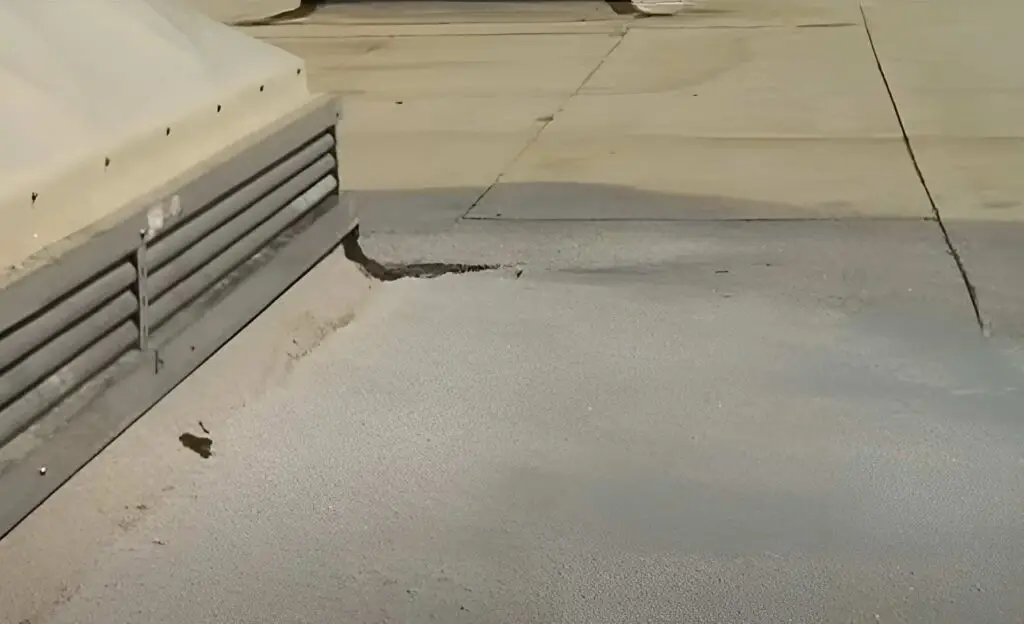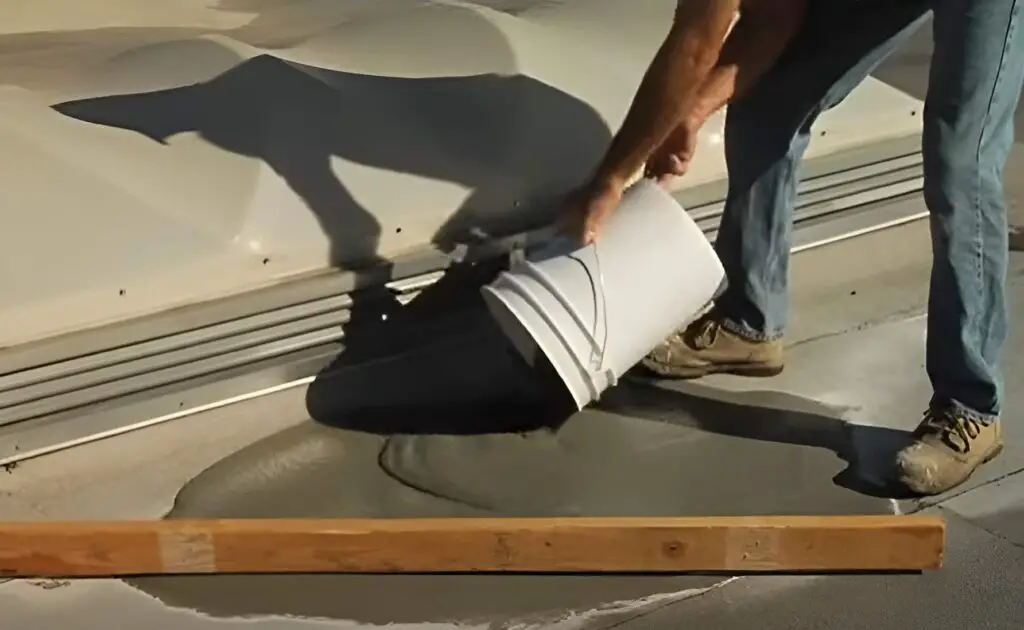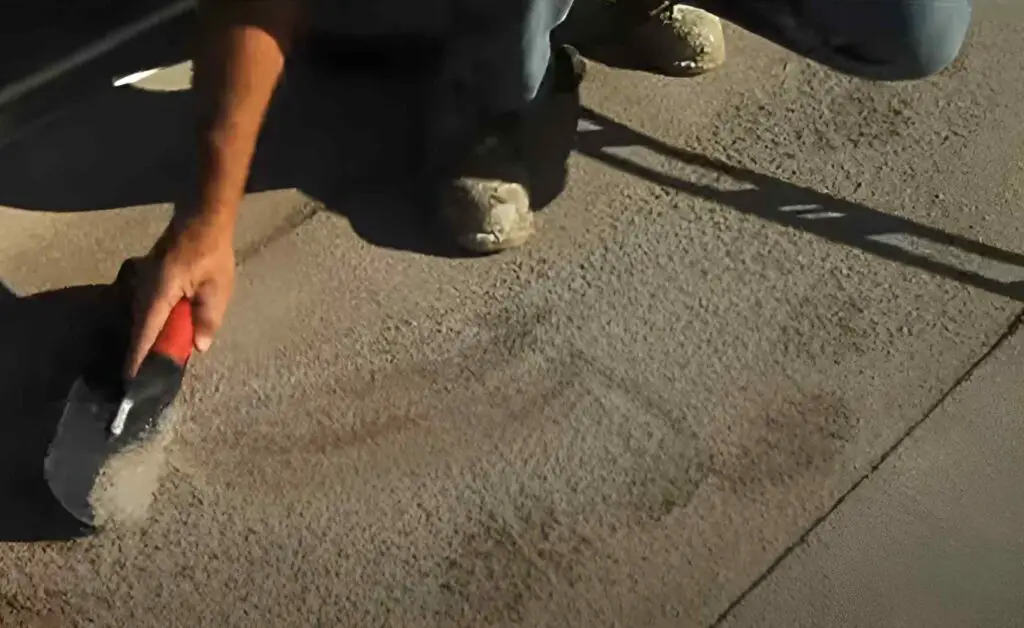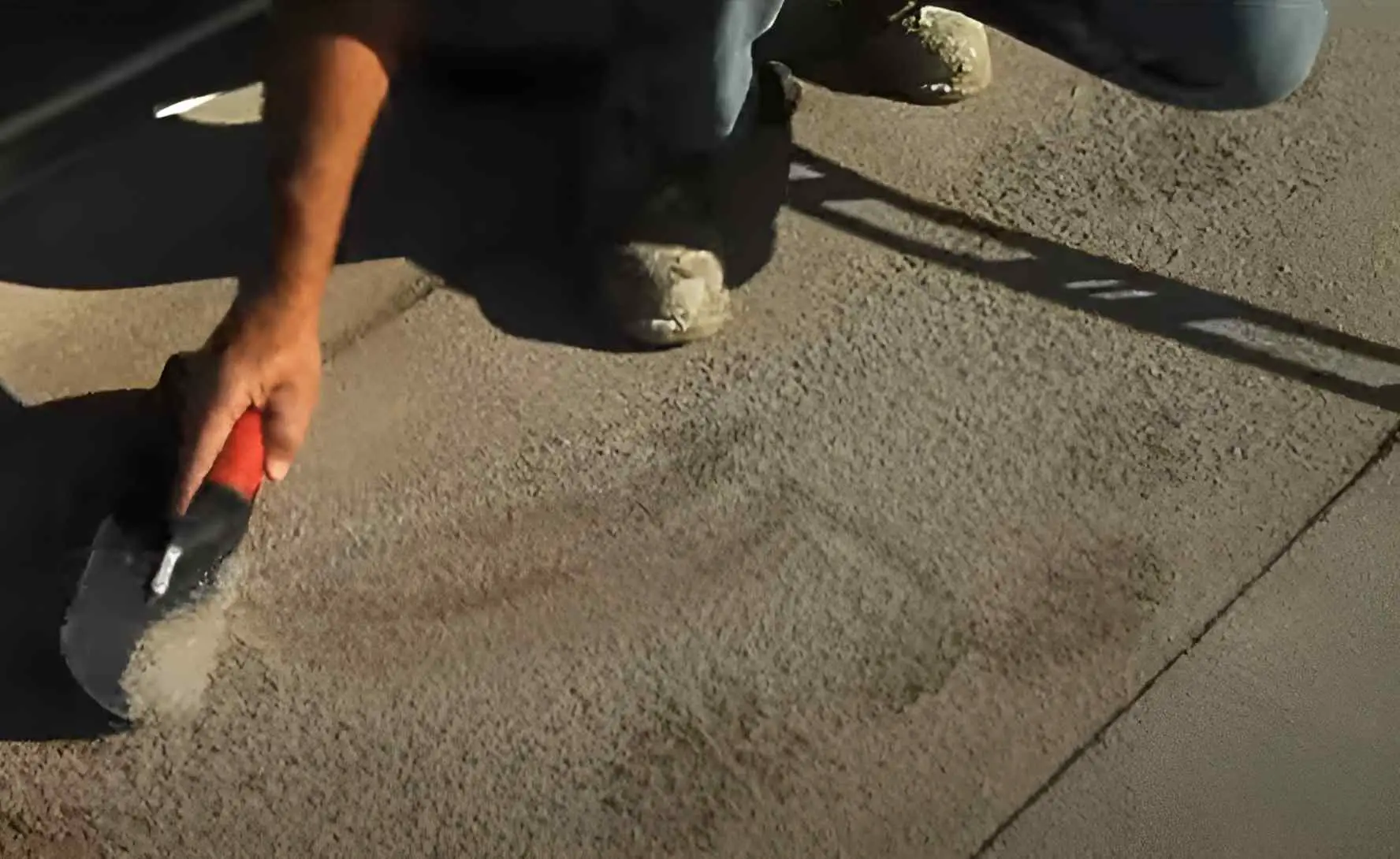Last Updated on: 23rd June 2023, 02:40 am
Ladies and gentlemen, let’s get something straight. Literally. The term ‘flat’ roof is kinda misleading. No roof is perfectly flat. A slight slope is needed for water drainage, or you’d be dealing with pondign water – one of those fancy industry terms meaning puddles of standing water. Now, can we level out those pesky uneven spots on your roof? Absolutely. But, we aren’t aiming for a pool-table level of flatness here.
And why should you care? Picture this: every time its rains, water pools in those uneven areas. Over time, the roofing materials in those spots degrdae faster, leading to leaks, water damage. And also eventually, costly repairs. It’s sorta like skipping gym for year, then expecting to run a marathon. Ain’t gonna happen.
Why Are Flat Roofs Un-even in the First Place?
Got yourself an uneven roof? Before we go any further, let’s ask, “why”? Your roof could’ve been improperly installed, causing original slight slope to be more like an amateur’s ski slope. Or maybe Mother Nature has been giving your beloved roof a workout. Heavy snowfall, heat waves – all that jazz. Even regular wear and tear can cause roof to sag over time, creatign those pesky dips and bumps.
Think of your roof like your fvaorite pair of jeans. Over time, they stretch out, wear thin in places, and sometimes, the zipper even breaks. But with little TLC, you can extend their lifespan, plus keep them looking good. Same goes for your roof. Regular aftercare is key. You can’t prevent all wear and tear. But you can manage it.
The Risks of Not Fixing an Uneven Flat Roof

You might be wondering: What’s the big deal with few puddles up on my roof? Well, let me tell you, plenty of problems can stem from that. One word: water damage. Water that sticks around too long can seep through your roof material, leading to mold, mildew, and a nasty wet smell. It can also warp the wood framework of your roof, making whole structure unstable. Trust me, you don’t want to wait until you have a hole in your beloved cieling to address this issue.
But it’s not just about damage to your house. It’s also about your wallet. Water damage can be seriously expensive to fix. We’re talkign the cost of a decent used car. But regular roof inspections can spot these problems early, saving you ton of money. Well, is fixing an uneven flat roof important? You bet your bottom dollar it is.
Can You Use a Self Leveling Compound on Flat Roof?
Now, let’s get to the million-dollar question: Can you use a self levelling copmound on a flat roof? Yes, you can. But, there are caveats. This is not one-size-fits-all solution. Some roof types, like concrete roofs and single-ply membranes, work better with self levelling compounds. Others, like synthetic rubber or roof membrane systems, might need a various approach.
So, before you rush off to hardware store, do your homework. Check what kind of roof you have and whehter it’s compatible with a self leveling compound. And if you’re not sure, don’t hesitate to call in a expert. It’s better to get it right the first time than to waste time, effort. Also, money on solution that won’t work.
How to Prepare Your Flat Roof for Repair

Before you start pouring the self levelling compound, you need to prepare your roof. And no, this doesn’t mean laying out a picnic balnket and enjoying the view. You’ll need to clean roof surface, removing any debris, layer of gravel, or oldie roof patches. This is paramount. Imagine trying to stick band-aid on dirty wound. It’s not going to stick, and it’s not going to heal the wound.
Next, inspect the roof for any obviosu roof leaks or dark holes. Repair these with roofing cement or roof repair kits before proceeding. You’ll also need to ensure your ladder steady and have all your tools within arm’s reach. Because once you start pouring that compound, you can’t just stop and run to the store for forgotten tool.
Step-By-Step Guide to Applying Self Leveling Compound
Applying self leveling compound might sound like a complicated task. But don’t worry, I’ve got your back. You’ll need some basic tools like putty knife, a tape measure, and, of course, your belvoed self leveling compound. Brands like bostik roof repair or 100% silicone flat roof coat-n-seal are some great options.
First, measure out area that needs leveling. Use your dear tape measure for this. Next, apply compound. Use your putty knife to spread its evenly over the area. Once you’re done, leave its to dry. Don’t touch it, don’t walk on it, don’t let your beloved curiuos cat near it. Drying times can vary, so check the instructions on your dear compound.
Can Self-Leveling Repair Be DIY Project?

I know what you’re thinking, Can I tackle this on my own or should I call in the pros? Truth is, this can absloutely be DIY project. But, just like any other DIY project, it depends on your skills and comfort level. Are you okay with heights? Can you wield a putty knife like pro? Do you feel like getting your hands dirty?
On the other hand, if you’re not sure, it might be best to hire a flat roof contractor. This might be more expensive, but you’ll be sure the job is done right. Remember, it’s not just about saving few bucks. It’s about your safety and the longeviyt of your dear roof.
Pros and Cons of Using Self-Leveling Compound
Everything has its pros and cons, plus self-levelling compound is no different. On the upside, it can be a quick and relatively simple solution to an uneven roof. It’s also pretty durable and can withstand various weather conditions. Also, it’s a cheaper alterantive to a complete roof overhaul.
On the flip side, it might not work for all roof types. Plus, it might not fix the underlying issue cauisng unevenness. Also, if not applied properly, it can create more problems than it solves. So, weigh your options carefully before jumping in.
When Should You Hire a Flat Roof Contractor?
Even though self-levelling can be DIY project, sometimes it’s best to call in a pro. If your roof is severely uneven, or if there’s major damage, a professional might be your best bet. They have expertise to diagnoes the problem and recommend the best solution.
Also, if you’re not comfortable doing work yourself, or if your roof is praticularly high or steep, don’t risk it. There’s no shame in hiring a pro. In fact, it can often save you money in the long run by preventing future issues.
Preventing Future Unevenness on Your Flat Roof
You’ve fixed your roof. Now, how do you prevent future unevenness? Regular maintenance is key. Keep an eye out for early signs of sagging or water pooling. Clean your dear roof ferquently to prevent buildup of debris that can weigh it down.
Remember, prevention is always better (and cheaper) than a cure. Well, stay on top of your belovde roof’s health, just like you would with your dear own health. Regular check-ups can go a long way in keeping it in tip-top shape.
Best Products for Flat Roof Repair
Now, let’s talk about the best products for flat roof repair. For self-leveling compound, you can go for ROOFSLOPE, HENRY 176 PONDPATCH FILLER AND LEVELER or BOSTIK CEMPOLATEX roof repair or silicone flat roof sealer like GARDNER 100% SILICONE FLAT ROOF COAT-N-SEAL. For minor repairs, a roof repair kit could be your bleoved best bet. If you’re dealing with small leaks, roofing cement or roofing tar can do the trick. Just remember, the best product depends on your specific roof and problem.
Well, there you have it, dears! A comprehensive guide to selflevelling flat roof repair. Remember, a well-maintained roof is a happy roof. And also joyful roof means a dry, comfortable home. So, care for your roof, and it’ll be caerful of you. Keep it level!
